The first among the large enterprises of the capital defense industry was the MMPP Salyut, where the engines of the AL-31F family are manufactured - they are equipped with heavy Su-class fighters and light Chinese J-10 type. “We are holding «Otkroy#Mosprom» for the second time due to the heightened interest in this project. The first action took place in the capital in March 2019. One and a half thousand people took part in excursions at eleven enterprises in Moscow,”- said Alexander Prokhorov, head of the Moscow investment and industrial policy department.
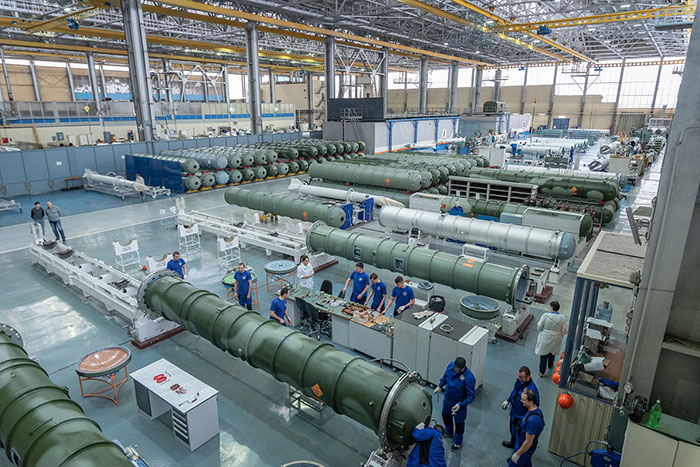
In total, by mid-June, up to twenty metropolitan industrial enterprises were involved in the project. The most interesting of these is the plant located on the border of the Voikovsky and Koptevo districts of the Northern Administrative District. “Today, “Avangard ”is the only enterprise for the production of missiles for anti-aircraft systems S-300 and S-400. It is the only manufacturer in the country of all types of missiles for the above complexes, which are used by the Russian army and for export,”- the project website www.otkroimosprom.ru reports.
It was possible to visit the industrial site at “Klara Zetkin Street 33” only by appointment, beforehand by providing passport information directly to the plant or through the site www.otkroimosprom.ru. Do without "aggressive advertising"; therefore, the number of applicants was limited to a hundred or two for the entire duration of the action. The lucky ones got the opportunity to inspect two of the eleven factory workshops - mechanical processing and electrical installation, as well as visit the factory museum.
Equipment and team
The machining shop underwent repairs and re-equipment from 2012 to 2014, with the purchase of machines from South Korea, Taiwan and other countries-suppliers of advanced production equipment. Among the new products are vertical machining centres Hyundai WIA F650 / 50, VMC-1300 and others with numerical control. Adjacent to them are machines of the Soviet period, which have undergone restoration with modernisation. In addition, among the existing production equipment preserved and Germanic samples, exported almost eighty years ago for reparation. Metal castings for further processing at the machine park come, including from the company's own casting.
The electrical installation shop was shown partially, paying special attention to the areas of mating, soldering, coating and testing of harnesses and blocks. Almost all used production equipment is new. However, there is a lot of manual labor. The reason: even the most modern robots can not replace human eyes and hands while working with wires and connectors, providing the required level of quality.
The overwhelming number of workers are representatives of the “weaker sex”. Thin handles, they deftly operate on pieces of electrical wiring and insulation. “Unlike automatics, female fingers feel every wire perfectly,” the tour organisers explained. The wires woven into the desired sequence after soldering to the pads are then further treated with chemicals, including VK-9 glue. And heat treated in vertical stoves (autoclaves) with a height of human height.
VK-9 is an adhesive compound based on two resins - epoxy and polyamide, and is designed to create a strong fastening seam. Working with such compounds requires caution and compliance with the rules of personal hygiene. However, many employees prefer to work without gloves, because they reduce the sensitivity of the skin, reducing the performance and quality of products. The participants of the tour paid attention to the tidiness of the workers, including the neatly executed manicure. And they noted to themselves how difficult and troublesome women employed in such industries are to keep themselves "in shape."
There are a few more representatives of the “stronger sex” in the percentage of soldering of harnesses and blocks, as well as in the points of output quality control of the products. Among them there are men with epaulets in blue uniforms: probably, representatives of the military.
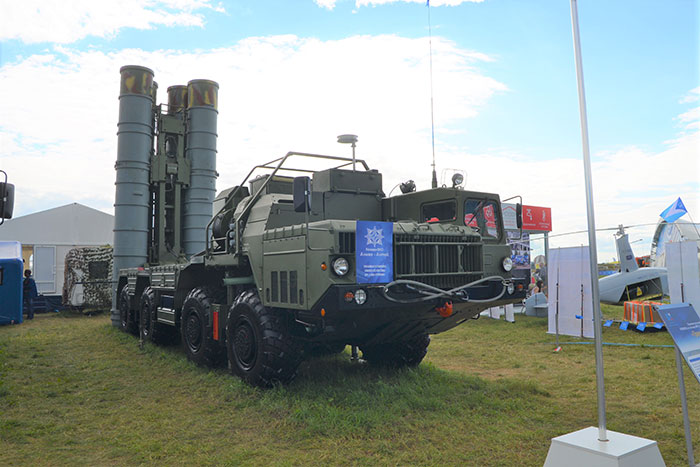
Shelves, packing containers and various devices for semi-finished products and finished bundles are full of alphanumeric inscriptions. Knowledgeable people from the number of fellow travellers on the tour suggest that these are indices of the main variants of the execution of anti-aircraft missiles for the S-300 Favorit and S-400 Triumph systems.
The final product is assembled in a special area with its own pass system, separated from the auxiliary production by the second fence and barbed wire. Her visit as part of the tour was not provided; we only managed to see the entrance to the assembly shop "from the outside."
Work in any secure enterprise requires great emotional and physical effort. Here MMP "Avangard" is not an exception. How much is paid for work and responsibility? Monthly salaries of workers employed in the main production within sixty to one hundred thousand rubles (note: according to the director general, the average salary for an enterprise is 90 thousand rubles).
It’s good when an employee has his own apartment, but what about those who are just hoping to buy it? The organisers of the event are responding: “Those who rent housing are compensated.” And there are a lot of those, because the enterprise’s staff consists of half from other cities. In addition, the plant has the opportunity to settle part of those in need in rooms in their own hostels of the corridor and block types.
The oldest workers with nostalgia recall the Soviet times, when the company had a powerful “social sphere”, which included its own medical unit, Zenit sports stadium, a children's recreation camp in the Crimea and a sanatorium in the Moscow region. Alas, over the past since the notorious Perestroika time, the plant has lost the vast majority of "social and cultural facilities". Another sensitive loss: the company “removed” the site within walking distance of the Voykovskaya metro station and built the Metropolis shopping center there.
Revival
After the collapse of the “great and mighty”, the output of final products at the enterprise steadily declined, and at the turn of the centuries it almost completely stopped. The labor collective was reduced to 300-350 workers. Due to the poor financial situation, the heating was turned off in the shops, and the employees had to warm themselves by the fires. Trying to somehow stay afloat, Avangard leased production facilities.
A large Chinese order for Favorit systems saved him from complete ruin. It was followed by other delivery contracts, first from foreign buyers, and then the main customer. If in 2002, Avangard collected only a couple of rockets, then next year - seven, then eleven and fifteen units, respectively. As we were told at the plant, today the rate of release of long-range anti-aircraft guided missiles already exceeds the figures of the late Soviet period.
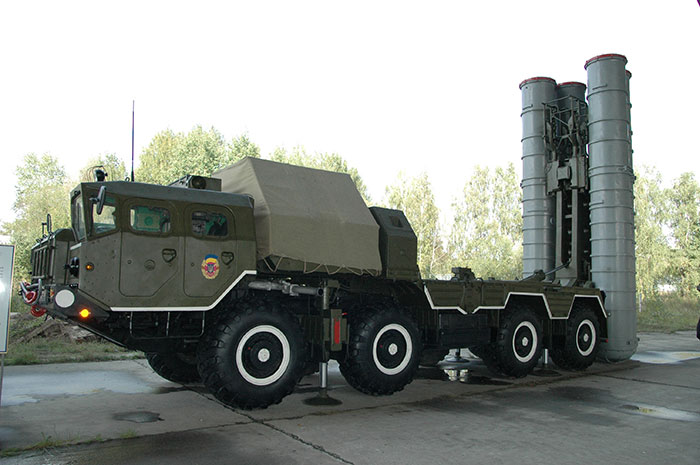
It should be noted that the “same” saving Chinese contract was not the first foreign order for the air defence systems of the S300PS / PM line. At the same time, all previous sales of similar products abroad were performed mainly “out of stock” or “using backlog”. Deliveries of completely new Favorites in the Celestial Empire began in 2004, when the Avangard plant was headed by Gennady Kozhin. From this moment begins the revival of the plant as a manufacturer of modern defence products. Production capacities are being restored, an enterprise team is being formed almost anew.
Having successfully completed the work on “Favorites”, the Avangard crew will proceed to the next task: mastering the serial production of missiles at ZSM for more advanced air defence systems developed by the Almaz design bureau. For 2011–2015 the volume of output increased more than three times. This was made possible thanks to the implementation of an extensive production automation program, with a 40% technological process update. From September 2015 to September 2017 The general director was Ahmet Abdul-Hakovich Mukhametov, who has been working at the plant since 1975 and has worked his way from an engineer-technologist to the head of an enterprise. Today, the post of general director is occupied by Alexander Anatolyevich Vedrov (1970.).
The plant team celebrated 75 years since the foundation of the enterprise without fear for its future: customers from a dozen countries (China, Turkey, India, Saudi Arabia, etc.) lined up for S-400. The jubilee year of 2017 was remembered for visiting the Avangard plant of industrial establishments as a measure of the city by Sergei Semyonovich Sobyanin. “Moscow is proud of such an enterprise, it is one of the best in our capital. We all want a dynamic development, increase of salaries to employees of the enterprise, development of workshops, development of production. For our part, we will provide full support in the development and provision of benefits. In particular, we are going to assign the status of an industrial complex to the plant, which will reduce the tax burden to the city budget by approximately 20%,”- said the mayor of the capital (quoted from http://www.tvc.ru).
Work as part of the concern "Almaz-Antey"
Negotiations with partners on military-technical cooperation at the turn of the centuries revealed the great interest of foreign armies in the latest development of Almaz, the S-300 Favorit system. At the same time, an understanding came: without restoring the production chain lost in the nineties, it is impossible to satisfy the effective market demand for long-range anti-aircraft missile systems. A less complicated, but essentially similar situation was also observed with respect to other elements of the country's air defence system and ground forces.
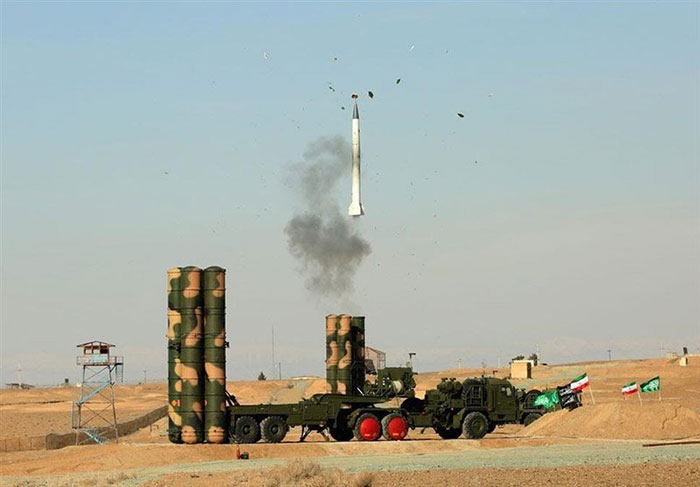
Launch of the 48H6E rocket at Iranian military exercises
By a presidential decree and a resolution of the government of the Russian Federation in 2002, OJSC “Concern PVO Almaz - Antey” is established. It included dozens of design bureaus, production associations and research institutes specialising in air defence systems, radar reconnaissance equipment and automated control systems.
This solution allowed uniting the main organisations and enterprises of Russia, developing and producing weapons systems for air defence, under a unified management. It is also more efficient to use budget funds allocated for these purposes, eliminate unnecessary competition between various groups of product manufacturers, create favourable conditions for unconditional fulfilment of orders of the Ministry of Defence of Russia and meet effective demand in the relevant segment of the external market.
The next fateful decision appeared five years ago, when the President of the Russian Federation made a decision on the formation of an Aerospace Defence Concern on the basis of JSC Concern PVO Almaz-Antey. Addressing the one hundred thousandth collective, the head of the new structure, Yan Novikov, said: “Despite the economic sanctions imposed by Western countries, the Concern is able to fulfil its task of creating the technical basis of the country's Aerospace Defence. The security of Russia for many, many decades to come, the peaceful life of our children, grandchildren and great-grandchildren will depend on our work with you. <...> Today, the Motherland requires us to maximise the mobilisation of our professional skills and strength."
Applied to the Avangard plant, these words primarily refer to the S-400 Triumph. According to the description, this long-range anti-aircraft missile system is designed to engage strategic and tactical combat aircraft, as well as radar and guidance, jamming and reconnaissance aircraft. In addition, "Triumph" can fight with tactical and operational-tactical ballistic missiles, hypersonic targets and other modern and promising means of air attack. The S-400 ZRS includes up to six anti-aircraft missile systems (SAM) capable of striking up to 72 targets, directing up to 144 missiles at them. The missiles (SAM) of the S-400 Triumph system are developed on the basis of the latest scientific and technical achievements, with the use of promising element base and advanced technologies.
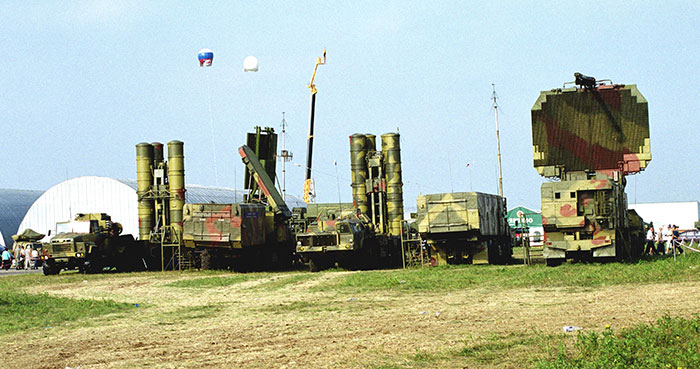
Table. Tactical and technical characteristics of missiles for ground missiles S-300 and S-400
(data from the stands of the museum MMP Avangard and the multimedia presentation Almaz-Antey)
|
Characteristics
|
5В55Р |
48Н6 |
40Н6 |
|
Year of phase-in |
1983 |
1991 |
|
|
Range of damage |
5-75 km |
5-150 km |
5-380 km |
|
Height affected area |
25-25000 м |
10-27000 м |
10-30000 м |
|
SAM flight speed |
Up to 1800 m/s |
Up to 2000 m/s |
1190 m/s (average) |
|
Target speed |
50-1200 m/s |
Up to 1800 m/s |
Up to 4800 m/s |
|
Number of tracked targets |
Up to 6 |
Up to 6 |
|
|
The number of simultaneously induced missiles |
Up to 12 |
Up to 12 |
|
|
Targeting on the active site |
radio command |
radio command |
|
|
Targeting on the passive plot |
Power through the rocket
|
Power through the rocket
|
|
|
Length of missiles |
7,25 m |
7,5 m |
7,67 m |
|
The diameter of the SAM casing |
508 mm |
515 mm |
515 mm |
|
Steering wheel |
1124 |
1134 |
1134 мм |
|
Mass of SAM |
1664 |
1800 |
1893 кг |
|
Weight of the warhead |
130 |
145 |
|
|
Type of warhead |
high-explosive fragmenting |
high-explosive fragmenting |
|
|
Length and diameter of the container pod |
8х1 m |
8х1 m |
7,825х1 m |
|
Product massif the container pod |
2342 kg |
2580 kg |
2600 kg |
|
Engine's type |
solid propellant motor |
solid propellant motor |
|
In the second part of the reviews we will talk about the products of the enterprise of the Soviet period.
MMP Avangard: "We are making rockets for the S-400!" - Part 2











